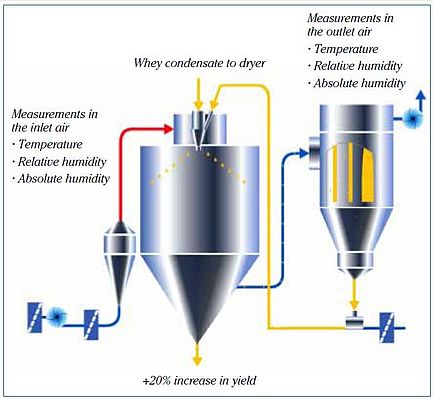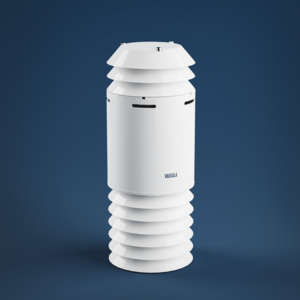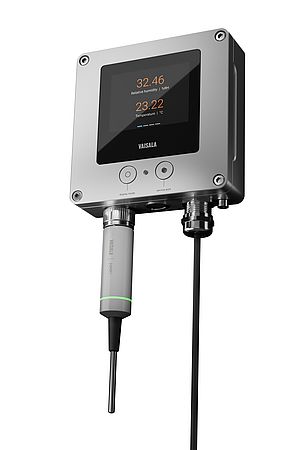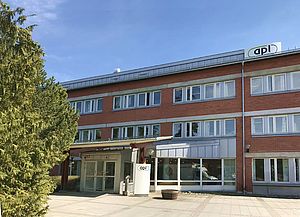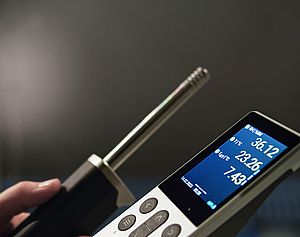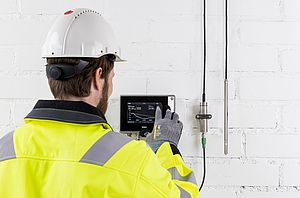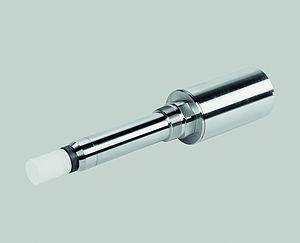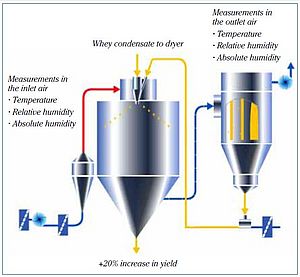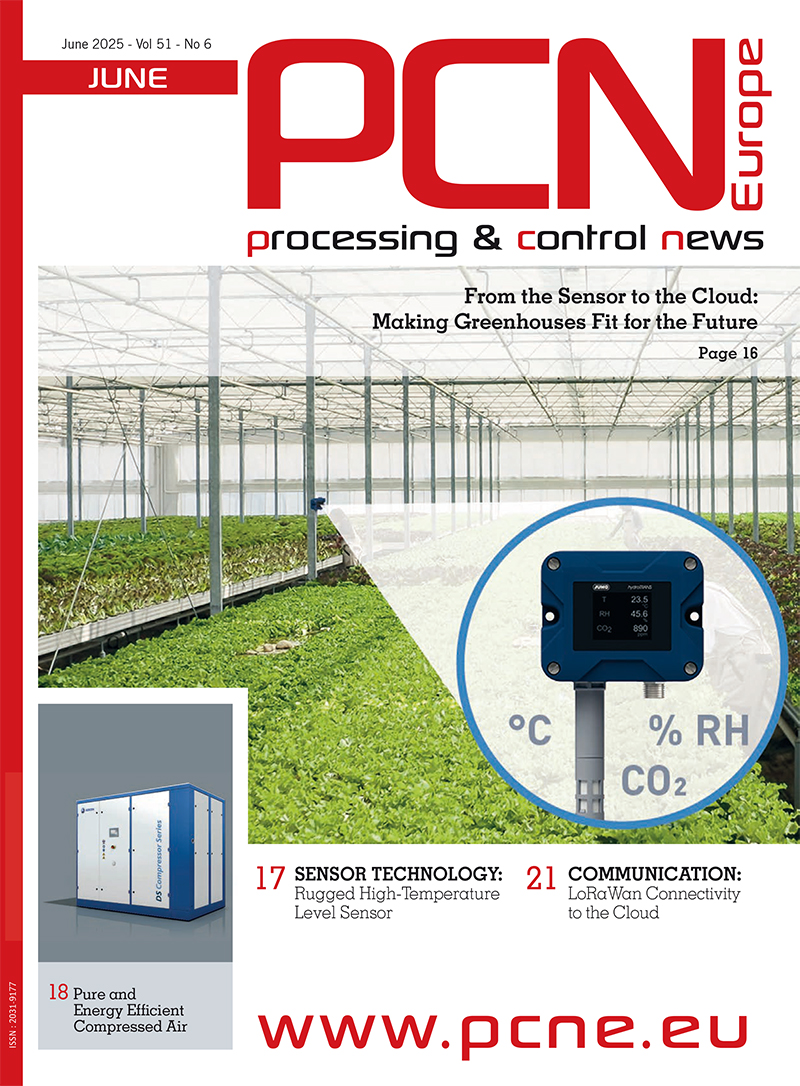Valio, solely owned by the Finnish dairy farmers, is the largest dairy company in Finland. The company is represented by 8.000 milk producers who own and operate family farms, each having on average 30 milk cows.
Valio, operating in the world’s northernmost agricultural region, is faced with many challenges. High feed costs, a direct result of the short growing season, set the price of milk quite high. Careful cost control is imperative to remain competitive. Valio concentrates much effort on developing innovative added-value products such as lactose-free, protein rich and functional dairy items to maximize the value of milk products.
Evidence of Valio’s innovativeness is found in its demineralized whey product. A by-product of cheese making, whey is composed of nutritionally beneficial whey protein, lactose and minerals. Due to its high mineral content, it has traditionally been used in animal feed. Whey can be used for human consumption only after lowering its mineral content using ion exchange, electrodialysis and membrane filtration. This demineralized whey is dried and can then be used in baby foods, infant formulas, confectionaries, dairy products, ice cream and bakery goods. With a production of 40 million kgs in 2012 Valio is one of the world’s largest producers of demineralized whey powder.
Demineralized whey is spray-dried. There is seasonal variation in the humidity of the inlet air. Due to lack of efficient process control, the dryers were forced to run with a safety margin to ensure adequate drying. This led to high energy consumption and costly over-drying. To optimize the drying process, Valio implemented controls based on on-line humidity measurement. The chosen humidity sensors needed to withstand +80 … +100°C and to tolerate some dust; (the outlet air is filtrated). The accuracy and easiness of cleaning were also important selection criteria. The dryers were equipped with two Vaisala HUMICAP® Humidity and Temperature Transmitter HMT333 units; one in the inlet and the other in the outlet air. The inlet air humidity data is used to steer the process. The outlet air humidity data correlates with the moisture content of the powder, thus it can be used as an indicator for the final product quality.
Marko Outinen, R&D Manager at Valio, describes the benefits of the optimized dryer controls: “By the implementation of humidity controls the production capacity was increased by at least 20% without increasing energy consumption. As drying is the most expensive unit operation in the powder processing, this naturally has a huge economical impact on total profitability. In addition, optimizing the drying process makes it possible to fine-tune important product properties, such as powder particle size, a critical factor for dusting and solubility. At the same time, the water content of the final product was optimized for maximum yield.”
When the planning of the optimization of dryer controls was done, scientific literature was intensively researched. As Vaisala’s humidity instruments were used by another research group in a similar process, Outinen decided to contact Vaisala directly. Another decisive factor in choosing the instrumentation was reliability: “For us reliability is both product quality and fluency of support functions. We are familiar with Vaisala’s good reputation. Vaisala’s humidity sensors work on Mars, why would they not work in our process?” concludes Outinen.


